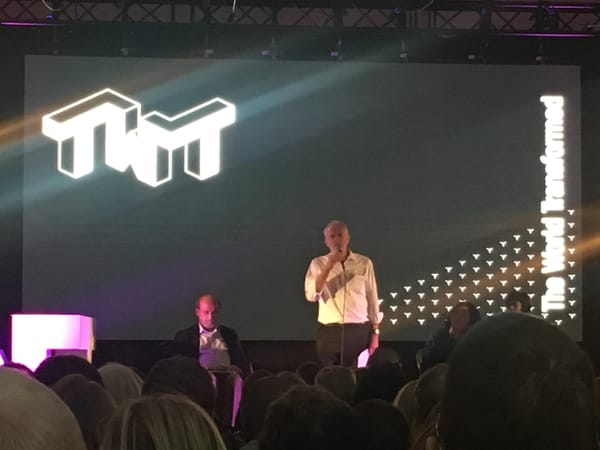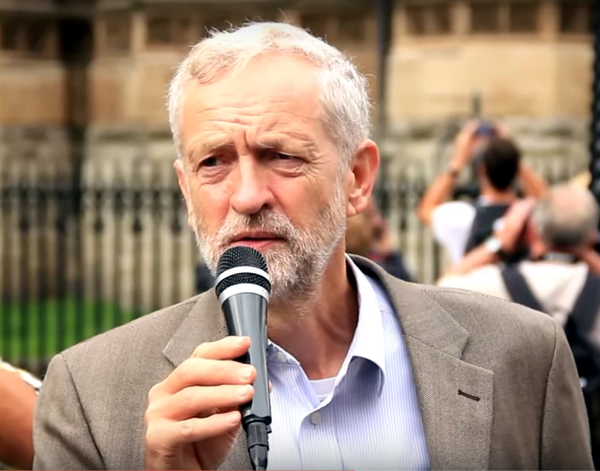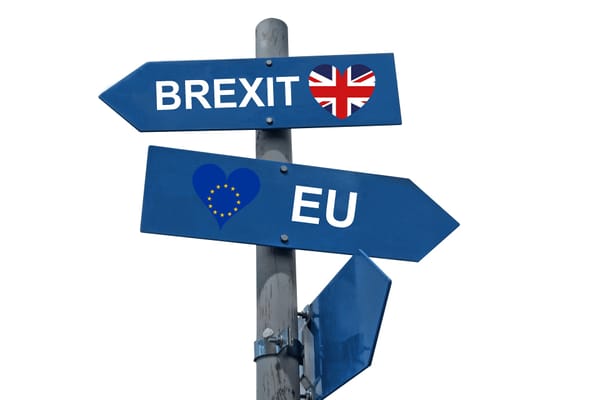Demands for Safer Roads after Fatal Collision in Bangladesh
The killing of two children by a bus driver that lost control of his vehicle has sparked a wave of protests that reveals the general malaise against the current government.

The death on the 29th July of two school children, Diya Khanam Mim and Abdul Karim Rajib, after being run over by a speeding bus, sparked mass protests in Bangladesh’s capital, Dhaka. According to witnesses, the bus was racing with another bus to pick up passengers, before the driver lost control. A further 12 school children were also injured as a result of the collision. This tragic accident prompted students across Dhaka to protest for safer roads, in a country where more than 3,000 lives are lost per year in road traffic accidents.
The student protestors brought the capital to a standstill over the duration of a week, creating checkpoints to inspect the driving licenses of motorists and ensuring vehicles were in a roadworthy condition. Those who were unable to produce a valid license or car registrations were handed over to the police. The Bangladeshi government, intolerant of the protests, ordered the students to cease their demonstrations. Prime Minister Sheikh Hasina did not release an official statement but advised students to stop protesting and go back home, lest a ‘third party’ should sabotage the protests. Her warnings remained futile as students were determined not to back down.
On the 4th August, the peaceful crowds of students chanting “We want justice” were met with violence from the police, who employed tear gas and rubber bullets to injure over 100 youths. It was also reported that pro-government activists attacked the pupils whilst demonstrating; although road transport minister Obaidul Quader rejected claims that the attackers had any affiliation with the governing Awami League Party.
Police also denied firing rubber bullets on the students despite local hospitals having treated more than 115 students that day, many with injuries consistent with rubber bullets. Local journalists who attempted to film the scene were beaten up by members of the ‘Bangladesh Chhatra League’ - a student organisation linked to Awami League who opposed the protests. Reports of sexual assault and rape against young female protestors also surfaced, but further investigation into these claims were prevented by police.
Angered students created a charter of 9 demands that they wanted the authorities to meet. One of them included exercising capital punishment for those found guilty of irresponsible driving. The construction of a foot overbridge or another alternative at the site of the accident was requested as a means of ensuring students’ safety. Moreover, basic regulations such as preventing buses from taking excess passengers on board were also mentioned in the list. Sheikh Shafi, a student who had lost his brother in a road traffic accident in 2015, said among the causes also mentioned was the underpayment of bus drivers, which forced them to work long hours and therefore could contribute towards reckless driving. Student protestor Al Miran speaking to AFP news agency said, “We won’t leave the roads until our demands are met. We want safe roads and safe drivers.”
To censor the attacks on social media, authorities responded by blocking internet access for 24 hours, and severely limiting local Wi-Fi connections to unusable speeds. Over the next few days, dozens of student protestors were arrested by police and detained, but no legal action was taken against those who attacked the students. A ‘cyber-hunt’ was also carried out by police officers to search for the profiles of anyone who allegedly spread “rumours” about the attacks online on social media, throughout the protests.
Amidst the unrest, prominent human rights activist and photographer, Dr Shahidul Alam, was arrested and remanded by police for 7 days, following an interview he had given to news broadcaster Al Jazeera. In the aforementioned interview, he disclosed that the protests were driven by “larger” factors than road safety, and involved “the looting of the banks, the gagging of the media, the extrajudicial killings, disappearings, bribery and corruption” that had plagued Bangladesh under the current government. Other analysts also believe that the mass protests reflected deeper frustration at an increasingly unaccountable government operating under Hasina. Alam informed the court that he had been tortured whilst in police custody, but on the order of the Supreme Court, he was taken to hospital on the morning of 8th August; his remand halted. However, he was returned to police custody at 2pm the same day.
Prime Minister Sheikh Hasina claimed the riots had been instigated by her political rival Khaleda Zia; leader of the Bangladesh National Party and former prime minister of Bangladesh. Hasina accused Zia of spreading unrest as a means of inciting public anger towards the Awami League party ahead of the general elections in December. Zia denies the allegations. On the 6th August, in an attempt to address the demands of students, The Road Transport Act 2018 was approved at a cabinet meeting, which proposed capital punishment for intentional killing using a motor vehicle, and 5 years of prison for accidental killing.








